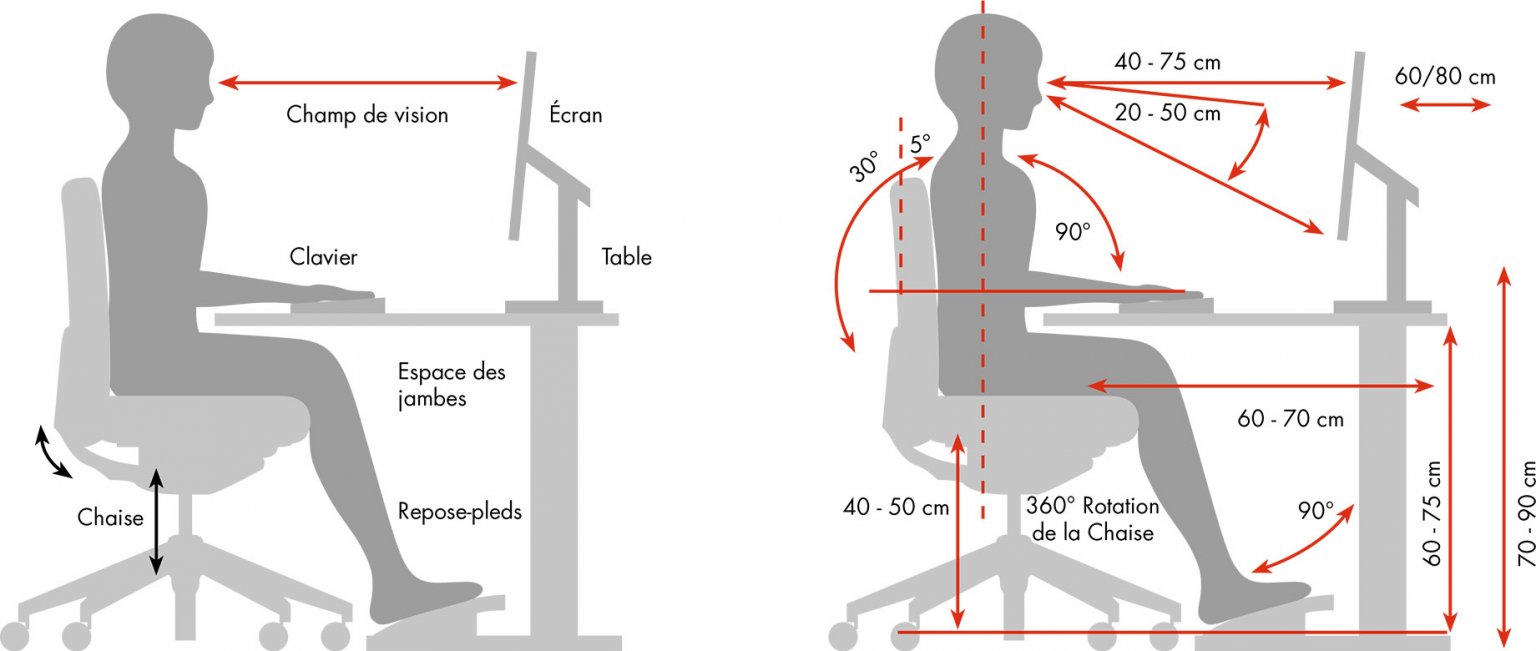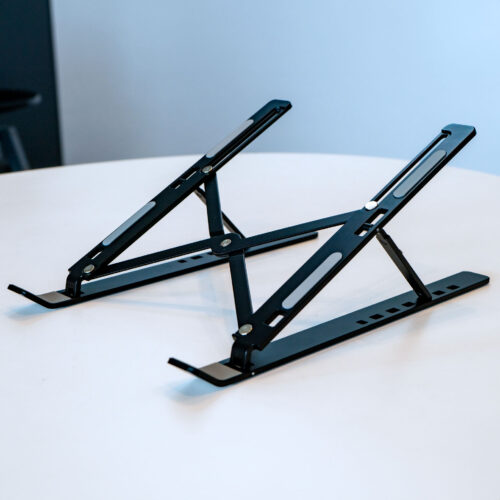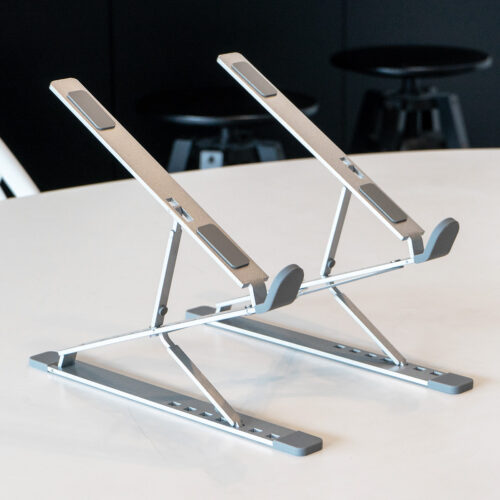Every day, millions of people spend long hours sitting at a desk. This routine can have health consequences if ergonomics are not taken into account. Discover how you can transform your workspace for optimum comfort.
Why is office ergonomics essential?
Ergonomics in the office is more than just comfort. It has a long-term impact on your health. From musculoskeletal disorders to headaches, poor ergonomics can really affect your quality of life. Not to mention the fact that being comfortable means you’re more focused and therefore more productive.
The key elements of an ergonomic office
The office
Height and depth: Your desk should allow your arms to rest at a 90-degree angle. If your desk is too high or too low, this can cause tension in the shoulders and wrists.
Spacing and organization: A cluttered desk can distract you and make you adopt bad postures. Use organizers and keep only the essentials close at hand.
The chair
Adjustment and adaptability: A good chair needs to be adjustable in height and tilt. It should fit the shape of your back to avoid lower back pain.
Materials and support: Padding should be neither too hard nor too soft. Make sure you have adequate lumbar support. If not, consider adding a lumbar cushion.
The display
Positioning and distance: Position your screen to avoid reflections and minimize eye strain. It should be about 50-70 cm from you. The top of the screen should be at eye level.
Size and resolution: The ideal size depends on how far away you are and on the task in hand. For most, a 24-inch screen with Full HD resolution is sufficient.
Keyboard and mouse
Type and layout: Ergonomic keyboards, such as V-shaped models, can help reduce tension. Make sure your mouse is the right size for your hand.
Positioning: Your mouse should be at the same height as your keyboard, and you shouldn’t have to stretch your arm too far to reach it.
Lighting
Natural vs. artificial: Natural light is preferable, but if that’s not possible, make sure your artificial lighting is adequate and doesn’t create reflections on your screen.
Reduce eye strain: Use blue-light filters on your screen or special glasses if you spend a lot of time in front of the computer.
Posture and work habits
Good posture: Keep your back straight, feet flat on the floor (or on a footrest), and avoid crossing your legs. When typing, keep your wrists straight.
Exercise and stretching: Take regular breaks to stretch. Simple neck, shoulder and wrist stretches can work wonders.

The importance of breaks
Studies show that short breaks every hour increase productivity and reduce fatigue. Even if it’s just to get up and stretch or look away for a few minutes, these little breaks can have a big impact.
Additional tips for optimum comfort
Ergonomic accessories: There are many gadgets, such as wrist rests and screen supports, that can make your workspace more ergonomic.
Personalizing the space: Adding plants or photos can improve your mental well-being. A space you like is a space where you’ll be happier and more productive.
The psychological dimension of office ergonomics
A well-organized space can help reduce stress. Office ergonomics is not just about the body, but also the mind. A well-thought-out space can give you a sense of control and well-being.
Ergonomics is an investment in your health, well-being and productivity.
Take the time to evaluate and adjust your workspace. Your body and mind will thank you.





